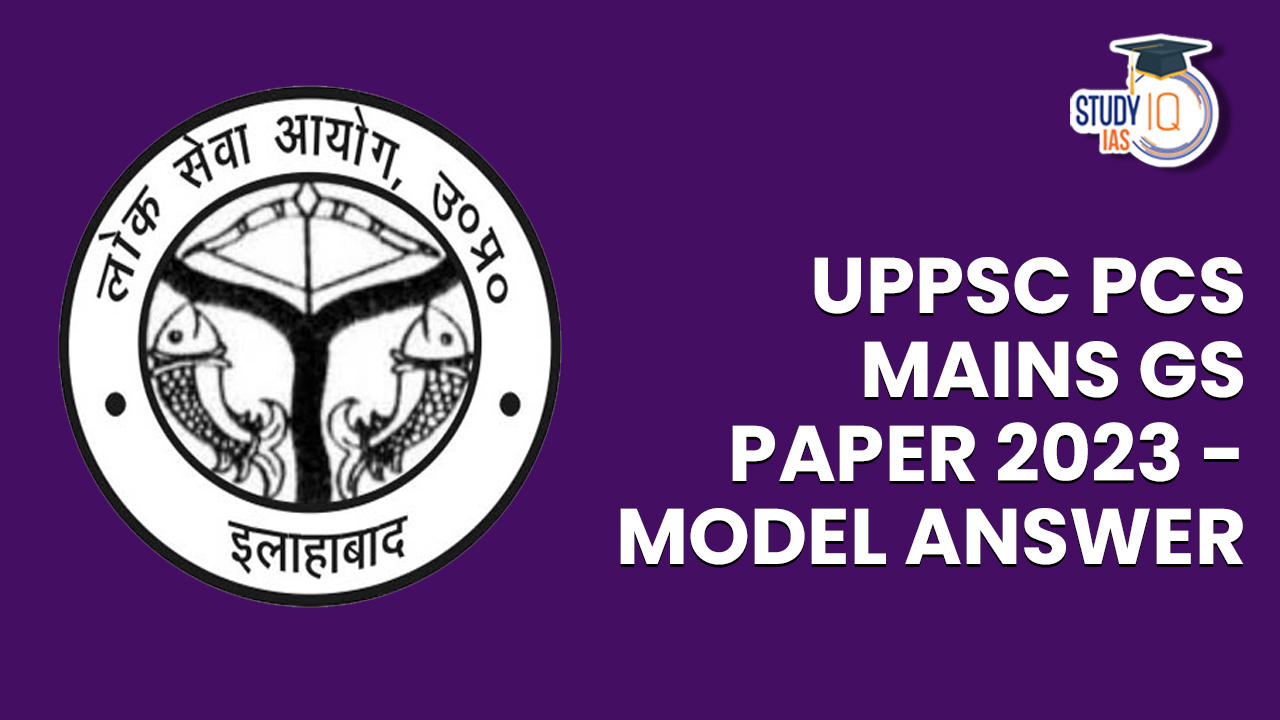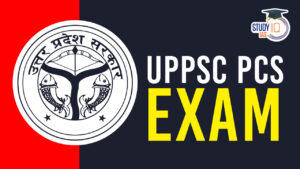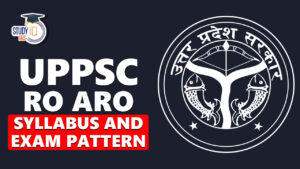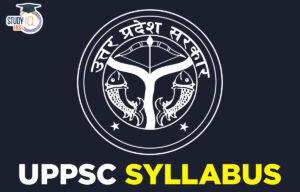Table of Contents
Q2. Write a note on the contribution of Sir Syed Ahmed Khan in modern education. (8m)
Introduction
Role
Sir Syed Ahmed Khan inspired the Muslim community of India to adopt modern education , culture and thinking to spread new consciousness. , He believed that England and other Western countries had acquired their wealth and power based on extensive knowledge of the sciences and arts.
Body
Contribution of Sir Syed Ahmed Khan-
1.Educational Reforms
- He opened schools in the towns and got books translated into Urdu.
- Sir Syed is known for his pioneering role in transforming Muslim educational opportunities. He felt that Muslims could progress only if they got modern education. To accomplish this he started the Aligarh movement.
- He established several educational institutions to spread education , the most notable of which was the Muhammadan Anglo-Oriental College ( MAOC) , which he founded in 1875 . Later its name was changed to Aligarh Muslim University.
- MAOC played an important role in the 19th century Aligarh Movement , a renaissance movement among Indian Muslims. This had long-term consequences for the country’s politics , religion and culture.
- He established the Aligarh Scientific Society on the lines of the Royal Society of England. The society held annual conferences and published and distributed scientific literature in both English and Urdu.
- Sir Syed understood that conservative Muslim hostility towards modern science and technology would block socio-economic progress.
- He also provided rational interpretations of Islamic texts.
- At that time many conservative groups branded him as an ‘ infidel ‘ .
2.Social reform
- He also advocated social reforms and was a supporter of democratic ideals and free expression.
- He was a vocal opponent of religious intolerance , ignorance and irrationality.
- also worked to improve the status of women through better education , opposition to purdah and polygamy , support for easy divorce, and condemnation of the Piri and Muridi systems.
- He strongly believed in the fundamental underlying unity of religions , also known as ‘ practical ethics ‘ .
- He also preached the fundamental equality of Hindu and Muslim interests.
- Tahzebul Akhlaq (Social Reformer in English) , a magazine he founded , attempted to raise people’s awareness of social and religious issues through expressive prose.
3.Criticism of national movement
- Sir Syed later encouraged Indian Muslims not to join the national movement. He believed that they needed education rather than politics.
- At this time he promoted communalism and separatism.
- 1878 he was appointed to the Viceroy’s Legislative Council.
- He supported Dadabhai Naoroji and Surendranath Banerjee in their efforts to gain representation for Indians in the government and civil services.
4.Literary work
- He wrote a paper titled “The Causes of the Indian Mutiny” in which he explained the causes of the Mutiny from an Indian’s perspective.
- Sir Syed’s Aligarh Institute Gazette , the journal published by him , was an organ of the Scientific Society.
- He wrote an in-depth pamphlet titled ‘ Asbaab-e-Bagavat-e-Hind ‘ ( Reasons for the Indian Rebellion of 1857) , in which he blamed the rebellion on British ignorance and aggressive expansion policies.
- He also advocated inter-religious harmony. He was also a Christian scholar who wrote the book ‘ Commentary on the Holy Bible ‘ .
Conclusion
Sir Syed remained India’s most powerful Muslim politician , his ideas guiding the beliefs of the vast majority of Muslims. But his promotion of the two-nation theory , which ultimately led to the call for the establishment of Pakistan , had an unintended consequence.
Q2. आधुनिक शिक्षा में सर सैयद अहमद खान के योगदान पर एक टिप्पणी लिखिए । (8m)
भूमिका
सैयद अहमद खान उन्नीसवीं शताब्दी के ऐसे विचारक थे जिन्होंने भारत के मुस्लिम समुदाय में नई चेतना के संचार के लिए उन्हें आधुनिक शिक्षा, संस्कृति और चिंतन-पद्धति अपनाने को प्रेरित किया । उनका विश्वास था की इंग्लैंड और अन्य पश्चिमी देशों ने अपनी धन-संपदा और शक्ति विज्ञान और कलाओं के विस्तृत ज्ञान के आधार पर अर्जित की थी ।
मुख्य भाग
सर सैयद अहमद खान के योगदान-
1.शैक्षिक सुधार
- उन्होंने कस्बों में स्कूल खोले और पुस्तकों का उर्दू में अनुवाद कराया।
- सर सैयद को मुस्लिम शैक्षिक अवसरों को बदलने में उनकी अग्रणी भूमिका के लिए जाना जाता है। उन्होंने महसूस किया कि मुसलमान तभी आगे बढ़ सकते हैं जब उन्हें आधुनिक शिक्षा मिले। इसे पूरा करने के लिए उन्होंने अलीगढ़ आंदोलन शुरू किया।
- उन्होंने शिक्षा के प्रसार के लिए कई शैक्षणिक संस्थानों की स्थापना की, जिनमें से सबसे उल्लेखनीय मुहम्मदन एंग्लो-ओरिएंटल कॉलेज (MAOC ) था, जिसकी स्थापना उन्होंने 1875 में की थी। बाद में इसका नाम बदलकर अलीगढ़ मुस्लिम विश्वविद्यालय कर दिया गया ।
- एमएओसी ने 19वीं सदी के अलीगढ़ आंदोलन में महत्वपूर्ण भूमिका निभाई, जो भारतीय मुसलमानों के बीच एक पुनर्जागरण आंदोलन था। इसका देश की राजनीति, धर्म और संस्कृति पर दीर्घकालिक परिणाम हुआ।
- उन्होंने इंग्लैंड की रॉयल सोसाइटी की तर्ज पर अलीगढ़ साइंटिफिक सोसाइटी की स्थापना की। यह सोसायटी वार्षिक सम्मेलन आयोजित करती थी और अंग्रेजी और उर्दू दोनों में वैज्ञानिक साहित्य प्रकाशित और वितरित करती थी।
- सर सैयद समझते थे कि आधुनिक विज्ञान और प्रौद्योगिकी के प्रति रूढ़िवादी मुस्लिम शत्रुता सामाजिक-आर्थिक प्रगति को अवरुद्ध कर देगी।
- उन्होंने इस्लामी ग्रंथों की तर्कसंगत व्याख्या भी प्रदान की।
- उस समय कई रूढ़िवादी समूहों ने उन्हें ‘काफिर’ करार दिया।
2.समाज सुधार
- उन्होंने सामाजिक सुधारों की भी वकालत की और लोकतांत्रिक आदर्शों और स्वतंत्र अभिव्यक्ति के समर्थक थे।
- वह धार्मिक असहिष्णुता, अज्ञानता और तर्कहीनता के मुखर विरोधी थे।
- उन्होंने बेहतर शिक्षा, पर्दा और बहुविवाह का विरोध, आसान तलाक के लिए समर्थन और पीरी और मुरीदी प्रणालियों की निंदा के माध्यम से महिलाओं की स्थिति में सुधार करने के लिए भी काम किया।
- वह धर्मों की मूलभूत अंतर्निहित एकता में दृढ़ विश्वास रखते थे, जिसे ‘व्यावहारिक नैतिकता’ भी कहा जाता है।
- उन्होंने हिंदू और मुस्लिम हितों की मौलिक समानता का भी प्रचार किया।
- तहज़ेबुल अखलाक (अंग्रेजी में सोशल रिफॉर्मर), एक पत्रिका जिसकी उन्होंने स्थापना की, ने अभिव्यंजक गद्य के माध्यम से सामाजिक और धार्मिक मुद्दों के बारे में लोगों की जागरूकता बढ़ाने का प्रयास किया।
3.राष्ट्रीय आंदोलन की आलोचना
- बाद में सर सैयद ने भारतीय मुसलमानों को राष्ट्रीय आंदोलन में शामिल न होने के लिए प्रोत्साहित किया। उनका मानना था कि उन्हें राजनीति की बजाय शिक्षा की आवश्यकता है।
- इस समय उन्होंने साम्प्रदायिकता और अलगाववाद को बढ़ावा दिया।
- 1878 में उन्हें वायसराय की विधान परिषद में नियुक्त किया गया।
- उन्होंने सरकार और सिविल सेवाओं में भारतीयों के लिए प्रतिनिधित्व हासिल करने के प्रयासों में दादाभाई नौरोजी और सुरेंद्रनाथ बनर्जी का समर्थन किया।
4.साहित्यिक कार्य
- उन्होंने “भारतीय विद्रोह के कारण” शीर्षक से एक पेपर लिखा था जिसमें उन्होंने एक भारतीय के नजरिए से विद्रोह के कारणों की व्याख्या की है।
- सर सैयद की अलीगढ़ इंस्टीट्यूट गजट, उनके द्वारा प्रकाशित पत्रिका, साइंटिफिक सोसाइटी का एक अंग थी।
- उन्होंने ‘असबाब-ए-बगावत-ए-हिंद’ (1857 के भारतीय विद्रोह के कारण) शीर्षक से एक गहन पुस्तिका लिखी, जिसमें उन्होंने ब्रिटिश अज्ञानता और आक्रामक विस्तार नीतियों पर विद्रोह का आरोप लगाया।
- उन्होंने अंतरधार्मिक सद्भाव की भी वकालत की। वह एक ईसाई विद्वान भी थे जिन्होंने ‘कमेंट्री ऑन द होली बाइबल’ नामक पुस्तक लिखी थी।
निष्कर्ष
सर सैयद भारत के सबसे शक्तिशाली मुस्लिम राजनेता रहे, उनके विचार मुसलमानों के विशाल बहुमत के विश्वासों का मार्गदर्शन करते थे। परंतु उनके द्वि-राष्ट्र सिद्धांत का प्रचार, जिसके कारण अंततः पाकिस्तान की स्थापना का आह्वान हुआ, एक अनपेक्षित परिणाम था।
Check out the UPPSC Mains GS Paper 1 2023 Analysis with detailed expatiation of the topics of Mains GS Paper 1 By the Study IQ Experts


 UPPSC Exam Date 2024 Out, Check New Prel...
UPPSC Exam Date 2024 Out, Check New Prel...
 UPPSC RO ARO Syllabus 2024, Prelims and ...
UPPSC RO ARO Syllabus 2024, Prelims and ...
 UPPSC Syllabus 2024, Check Prelims and M...
UPPSC Syllabus 2024, Check Prelims and M...

















